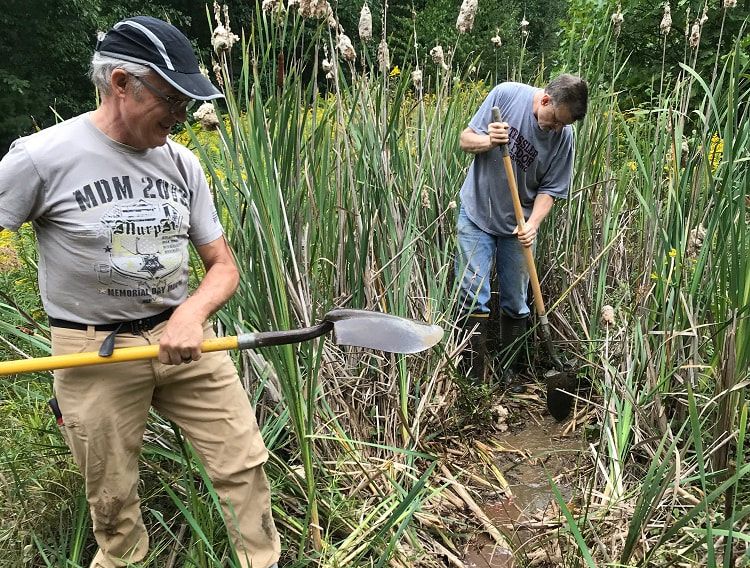|
Considered by some expert to be the largest source of acidity and metal contamination along the Susquehanna River's West Branch, the Moshannon Creek has seen a number of improvements over the past year since the formation of the Moshannon Creek Watershed Association. The group's president, Eric Skrivseth, and vice-president Eric Rosengrant share their story in the newest episode of the Middle Susquehanna Riverkeeper Podcast, including how they adopted six treatment facilities via the PA Game Commission and are working to refurbish them, what they've found along each stretch of the waterway and what their plans are for future endeavors, including how the community can get involved. Check out our growing library of podcast interviews with outdoor influencers from throughout our watershed by clicking here
2 Comments
8/10/2021 04:49:33 am
John - I love your podcast series and this story about Moshannon Creek and the origins of its watershed association really illuminate how grass roots activities can be so transformative to returning streams to healthy conditions. Thank you.
Reply
10/9/2021 02:53:08 pm
Just drove down coal sale road to visit my grandparents old farm, now without any structures. Nicely becoming wild, with a very healthy little stream bordered by lush ferns, sphagum moss, tamaracks etc.
Reply
Leave a Reply. |
AuthorsRiverkeeper John Zaktansky is an award-winning journalist and avid promoter of the outdoors who loves camping, kayaking, fishing and hunting with the family. Archives
April 2024
Topics |

 RSS Feed
RSS Feed